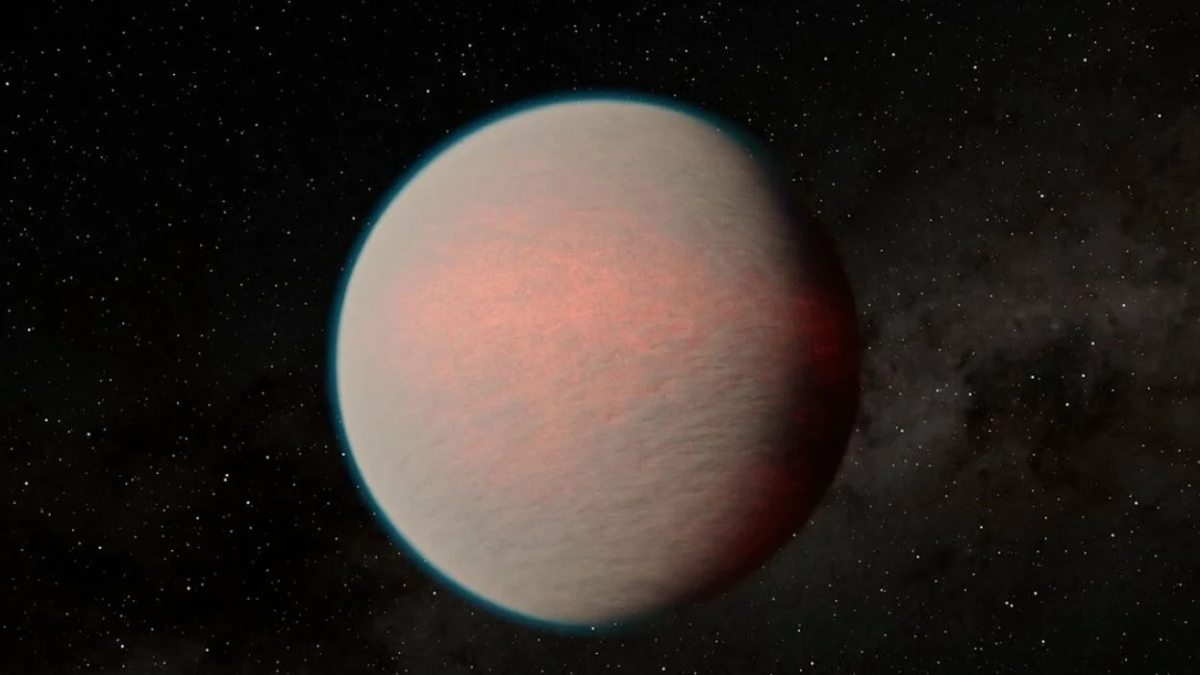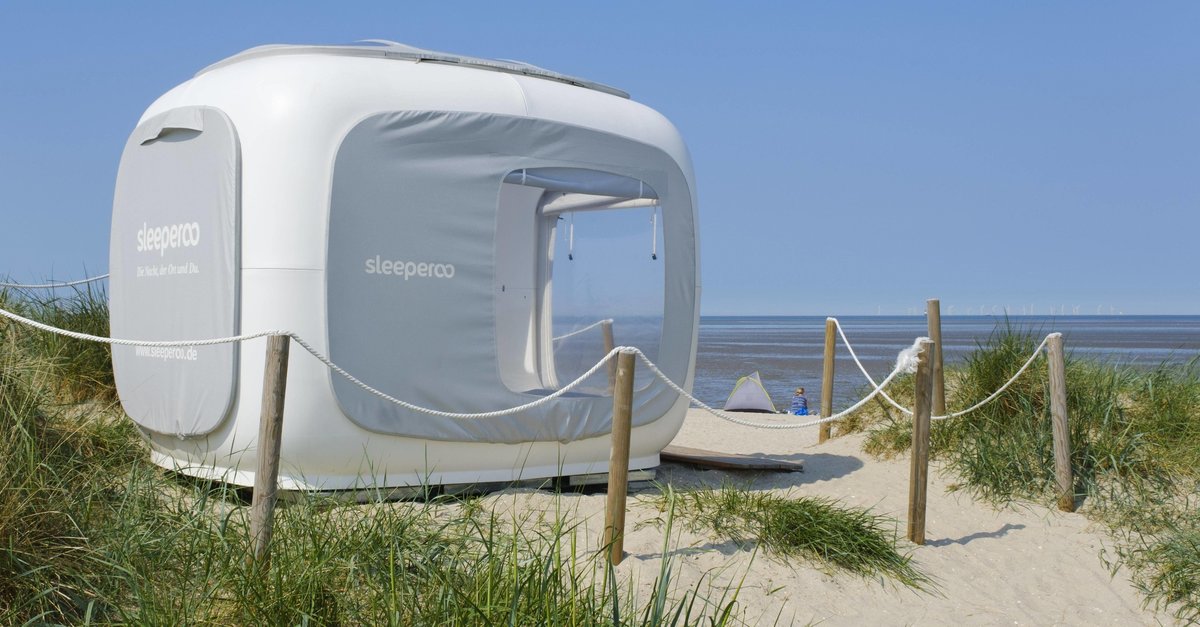Mysterious mini Neptunes puzzle researchers
Using data from two space telescopes, a research team from the USA and Europe has succeeded in identifying four worlds that have no equivalent in our own solar system. They suspect that this could be the “missing link” between the Earth twins and Neptune-like planets.
They refer to the newly discovered exoplanets as “mini Neptunes”. Such planets are smaller and cooler than the more easily spotted “hot Jupiters” that are much more common in the galaxy. Mini-Neptunes are particularly interesting for science because researchers expect to learn more about the development of planets.
“We don’t know exactly what they are made of or how they formed,” says Amy Tuson, a researcher from the University of Cambridge in the UK, in a video about the latest research.
Normally, planetary scientists have a good idea of the composition of a planet just by knowing its size and density. Mini Neptunes are an exception.
“They could either be rocky planets with a lot of gas, or planets that are rich in water and have a very steamy atmosphere,” says Solene Ulmer-Moll, a researcher at the University of Geneva an explanation.
Editor’s Recommendations
The now discovered worlds got the names HD 22946D, HIP 9618C, HD 15906C and TOI-5678B. Their discovery was published in four articles, two each in Astronomy & Astrophysics and Monthly Notices of the Royal Astronomical Society.
Total is the number of confirmed exoplanets thus increased to 5,438. 9,600 other candidates are currently being examined.
Despite the number that seems quite high, the known exoplanets are more like the proverbial tip of the iceberg. If we consider that the number of existing galaxies alone is estimated at hundreds of billions, we are talking about an unimaginably large number of planets that we do not yet know.
Smaller rocky planets are usually categorized into two groups, both of which describe planets larger than Earth and smaller than Neptune. The so-called super-Earths can be up to 1.75 times the size of our home planet. Mini Neptunes are even twice to four times the size of Earth.



